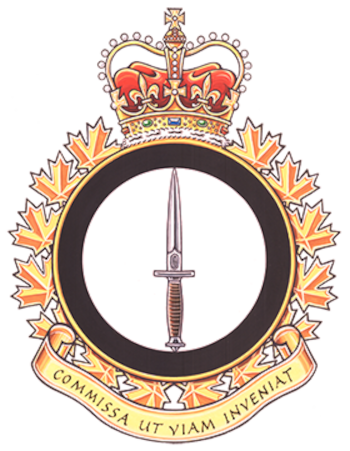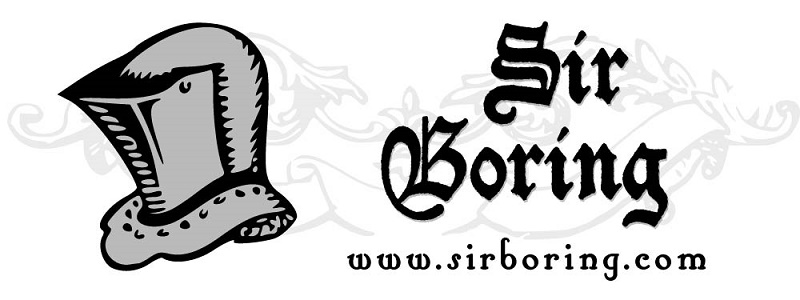
Joint Task Force 2 (JTF 2) is the elite Canadian Special Operations Forces Command (CANSOFCOM) unit tasked with conducting the most dangerous and clandestine missions for Canada. CANSOFCOM consists of a headquarters unit, JTF 2, CJIRU, CSOR, 427 SOAS, and CSOTC. JTF 2 exists to protect Canadian national interests, combat terrorism, and all threats to Canada, in both domestic and foreign theaters.
In 1992, initial proposals were made within the Canadian government to create a new and modern counter-terrorism unit. The government chose to shift these and other responsibilities from the domestic police and instead delegate them to a military unit. In 1993 JTF 2 was created and initially consisted of 100 members from across the Canadian military. The unit was based in Ottawa and slowly grew over time, but after the events of September 11, 2001, the unit was given the mandate to expand to up to 600 personnel and was given additional funding to meet the growing threats faced during the Global War on Terror (GWOT). Other sources may put the forces’ strength at around 300 personnel, but these figures are always estimates given the secretive nature of these units. JTF 2 works with many allied special forces units to include the American Delta Force, British SAS/SBS, and Australian SAS.
JTF 2 has a very long and rigorous training process for new members. This model is like other special forces units, and consists of written, physical, and psychological tests. The unit pulls from personnel who are already serving in the Canadian military and have met the other minimum criteria. Candidates need to have at least two years of active or three years of reserve service, be able to obtain a security clearance, pass medical examinations, complete a special physical fitness test, and have parachute training. The unit is open to male and female personnel, but the unit has yet to select any female personnel according to various Canadian sources. Once selected, a candidate has a long and arduous training pipeline to complete before becoming an active member within JTF 2.
Over the 30 years JTF 2 has existed, the unit has been tasked with a variety of globe spanning missions. One of the first foreign deployments of JTF 2 was in Bosnia in the 1990s. The unit was tasked with a variety of missions, to include countering snipers who were targeting peacekeeping forces. The unit was then deployed to Haiti in 1996 to assist the Haitian government in both training and advising their forces to help quell unrest and societal instability. The unit has also allegedly been utilized throughout the years to protect the Canadian embassy in Haiti during times of unrest.
The next major use of JTF 2 was at the beginning of the GWOT, in late 2001. The unit would get the first of many deployments in December of 2001 to Afghanistan to help oust the Taliban, al-Qaida, and their terrorist allies. JTF 2 was instrumental in the early victories and ousting of hostile elements across the country, with the unit and its personnel receiving many awards and commendations. Much of the work of JTF 2 in Afghanistan, Iraq, and other locations relating to the GWOT are still classified and very little information has ever been confirmed by the Canadian government. Notably during this time, it was allegedly a JTF 2 sniper who recorded the longest sniper kill in Iraq in 2017, at 3,540 meters (about 2.2 mi).
Like many western nations, JTF 2 uses modern weapons, tactics, and equipment, enabling the unit to be mission ready and capable in any environment. The unit utilizes AR-15/M4 pattern rifles in 5.56×45, H&K MP5 variants in 9mm, and a variety of sniper rifles in 7.62, .338, and 50 BMG. They also use specialized weapons for specific mission sets like P90 submachine guns, 12-gauge shotguns, and heavier weapons like machine guns and grenade launchers. The unit also uses the latest tactical gear like MOLLE tactical vest, body armor, quick adjust slings, night vision/thermal, and encrypted communication devices to coordinate, communicate, and execute their missions in the most efficient and lethal manner possible. By working closely with other Western countries, JTF 2 can maintain a level of force readiness rivaled by few countries in the world.
JTF 2 is a very well respected and decorated unit but is also a very secret and clandestine force used in some of the most austere and classified environments around the world, ensuring Canadian interests, and that of her allies, are always safeguarded.
